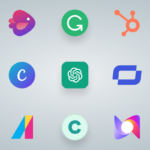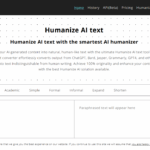In this article, I will discuss the How to Turn Off Google AI for services such as Search, Gmail, Google Assistant, and others.
This guide is tailored for anyone who wants to limit automation, safeguard privacy, or reclaim control over their digital environment. Following this guide will let you easily disable Google’s AI features so you can enjoy a more hands-on and tailored approach.
What is Google AI?
Google AI employs advanced voice recognition for the Google Assistant, Smart Compose in Gmail, the Search Generative Experience (SGE), and other personalized features on YouTube and Google Maps.
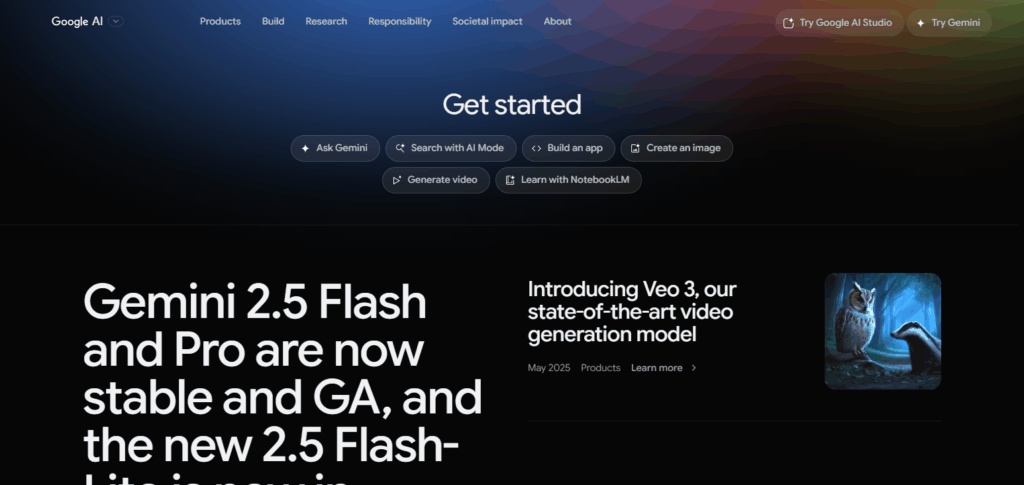
It integrates and implements machine learning algorithms, natural language processing, and deep learning to provide automation, increase productivity, and streamline user engagement. Many users appreciate these changes; however, some users decide to limit or disable these features due to privacy and control policies.
How to Turn Off Google AI

Example: Turn Off Google AI Overviews in Chrome (Desktop)
Step-by-Step Directions
Access Chrome Settings
- In your address bar, enter: chrome://settings/searchEngines
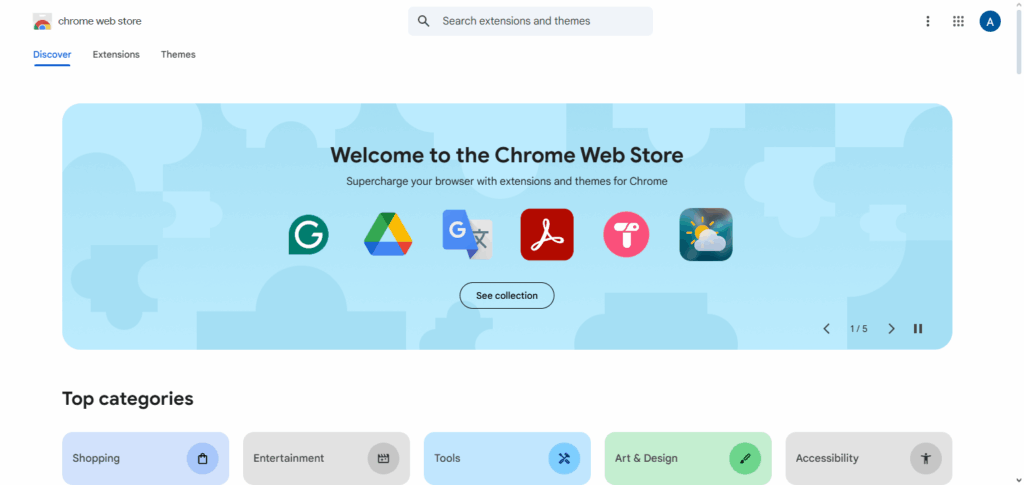
- Alternatively go Settings > Search Engine > Manage Search Engines and Site Search
Create a New Search Engine
- Go to the Site Search section, scroll to the bottom and click on the “Add” button
- Complete the fields:
- Name: Google Classic
- Shortcut: @classic
- URL with %s: https://www.google.com/search?udm=14&q=%s
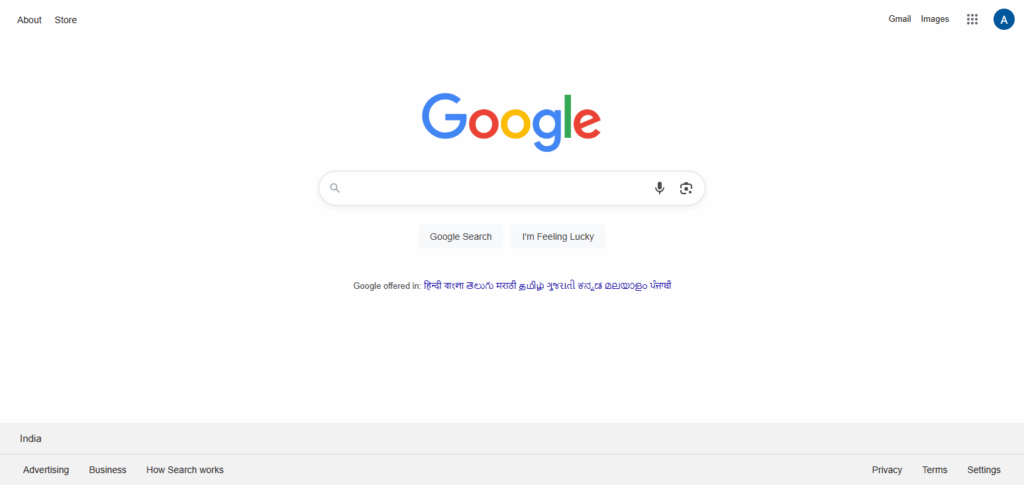
Make It The Default Search Engine
- After adding, click the three dots beside “Google Classic,” and select “Make default”
Conduct Searches Without AI
- Moving forward, any searches conducted from the Chrome address bar will show only the traditional search results.
Why Turn Off Google AI?
Privacy Issues: To allow for personalization, Google AI targets and collects personal data, which raises red flags for some users.
Data-Battery Drain: Increases in background activity could slow the device down as well as drain the battery.
Over-Automation: Suggestive actions like voice replies and preemptive writing can go overboard and be too hands-off for the user.
Over-Inaccuracy: Predictive texts and AI-assisted replies are quite often wrong or irrelevant.
Less Cluttered User Experience: Interfaces are smooth sailing without screens full of distractions after disabling AI features.
Why Disable Google AI Search?
Numerous users still prefer traditional search results because they are easy-to-navigate and simple. Answers generated using AI sometimes lead to confusion and can deviate from the core issues, causing annoyance to the user.
Some users like exploring different results rather than relying on brief statements. For some users, the increasing disorganization in search engines has become mind-boggling. If you want assistance in decluttering your searches, we will explain how to remove trending searches from Google and simplify your results page in a detailed step-by-step manner.
Disabling Google Assistant
Turning off Google Assistant not only improves privacy, but helps users regain control over their devices. On Android phones, disactivation can be done through the Google app by tapping on the profile picture, selecting settings, choosing Google Assistant, and then General to toggle to off position.
This ensures complete silence from the Assistant capturing speech or expecting commands through gestures. In case of Google Home or Nest devices, microphone can be muted, and privacy options can be adjusted from Google Home app.
Moreover, “Hey Google” voice detection can be turned off from Voice Match settings. These steps prevent the Assistant from responding to voice commands and listening in the background.
Main Features and Functionalities of Google AI
Smarter Search
With Google AI, your searches will be interpreted and the most relevant information will be extracted to produce the best possible results even when the question is not articulated perfectly.
Google Assistant
This smart device can send texts, set reminders, answer questions, and control other smart devices within the home through simple voice commands.
Customized Suggestions
Through AI, systems track users’ habits on Google platforms such as YouTube, Search, and Maps to ensure content delivered to them is aligned with their interests.
Quick Email Replies
AI-enabled features in Gmail propose relevant short answers which users can select, thus responding to emails in record time.
Instant Translation
Google Translate offers instantaneous translations powered by AI, easing communication with people who speak different languages.
Risk & Considerations
Reduced Convenience
- Disabling AI will cost you smart functions such as voice commands, predictive texts and even auto-suggestions.
- Tasks such as replying to emails, searching, and other repetitive errands to be done without automation will cost time.
Limited Personalization
- Google won’t be able to tailor content due to habits on your part which will impact relevance on YouTube, Maps, Search and etc.
- Recommendations will lack personal touch.
Missed Smart Features
- Enhancement to productivity features such as real-time voice reminders, Smart Compose and the likes translates to an advantage in productivity becomes null when turned off.
Functionality Limitations
- Some applications can rely on Google AI features for peak performance. There might be loss in access to powerful l tools and more tools due to lowered performance overall.
Partial Control
- While most features AI might be disabled, some core Google services still have background processes that are reliant on AI.
Alternatives and Things to Note

Use Alternative Search Engines: Switch to DuckDuckGo or Startpage to avoid AI-oriented results and tracking.
Non-AI Email Services: For email without AI-based features, consider ProtonMail or Tutanota which offer zero-knowledge email.
Increased Manual Tasks: Without AI assistance, expect to manage reminders, type full emails, and complete searches manually.
Less Tailored Content: YouTube, Maps, and Search will offer less tailored suggestions and content due to AI not tracking your preferences.
Background Core AI Still Active: Background AI processes in Google services may continue operating, even when primary functionalities are turned off.
Easily Change Settings at Any Time: These settings can be altered at any time, so if the AI toggles are changed there can always be reverts back.
Pros & Cons
| Pros | Cons |
|---|---|
| Greater privacy and data control | Loss of personalized suggestions and recommendations |
| Reduces background data and battery usage | Fewer automated conveniences (e.g., reminders, replies) |
| Avoids inaccurate or irrelevant AI responses | Manual effort increases in search, email, and typing |
| Cleaner, less cluttered user experience | Some features may be limited or harder to access |
| Prevents unwanted voice activations | No access to real-time voice help from Google Assistant |
Conclusion
Disabling AI features from Google is beneficial for those who prioritize privacy, control, and a streamlined digital experience. Be it removing Search Generative Experience, Google Assistant, or AI prompts in Gmail and Docs; every action mitigates automation and dependence on forecasting technologies.
Although you will forgo some convenience and tailoring, the simpler, more streamlined experience provides a lot more clarity. Above all, these adjustments are easily reversible, allowing users to tailor their experience at will. Managing your AI settings allows you to adjust your Google ecosystem to suit and safeguard your preferences more closely.









